I ran a loglinear analysis in R on the following graduate admissions data.
grad_admissions <- array(data = c(39, 10, 20, 15, 11, 41, 6, 60),
dim = c(2,2,2),
dimnames = list("department" = c("one","two"),
"gender" = c("male","female"),
"admission" = c("admitted","notadmitted")))
ftable(grad_admissions, row.vars = c("department"),col.vars = c("admission","gender"))
grad_admissions.df <- as.data.frame(as.table(grad_admissions))
grad_admissions.df$gender <- factor(grad_admissions.df$gender, levels = c("female","male"))
grad_admissions.df$department <- factor(grad_admissions.df$department, levels = c("two","one"))
grad_admissions.df$admission <- factor(grad_admissions.df$admission, levels = c("admitted","notadmitted"))
mod1 <- glm(Freq ~ department * gender * admission,
data = grad_admissions.df, family = poisson)
summary(mod1)
I also ran the following SPSS Syntax on the same dataset (SAV file here).
DATASET ACTIVATE DataSet2.
WEIGHT BY Count.
GENLOG Gender Admitted Department
/MODEL=POISSON
/PRINT=FREQ RESID ADJRESID ZRESID DEV ESTIM CORR COV
/PLOT=NONE
/CRITERIA=CIN(95) ITERATE(20) CONVERGE(0.001) DELTA(.5).
The parameter estimates are below. They are similar but not quite the same. In the SPSS output male is coded as 0 and female as 1.
Can anyone explain why they are not the same?
